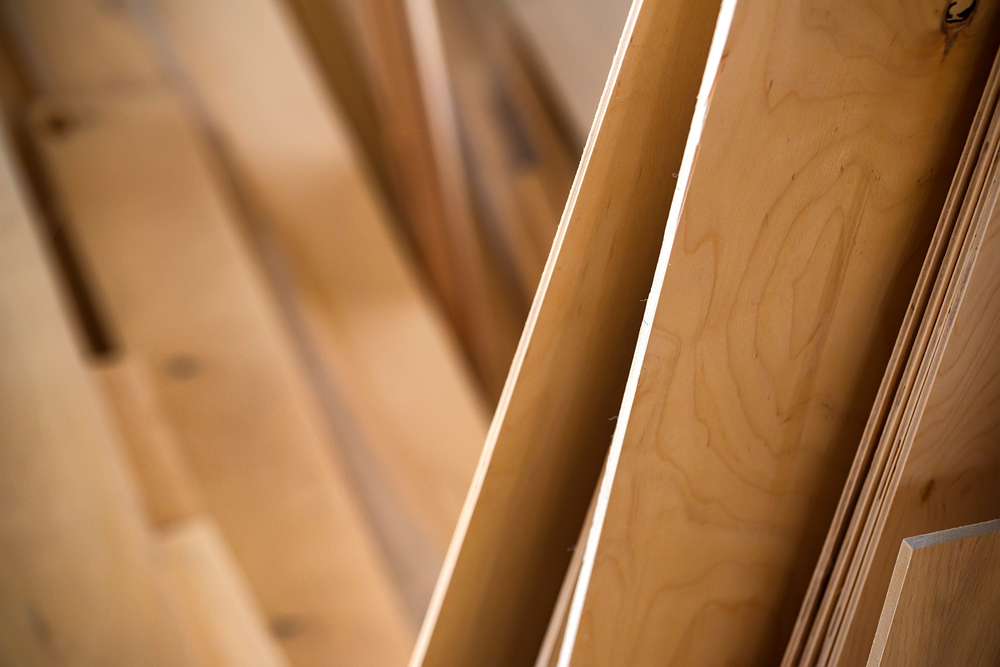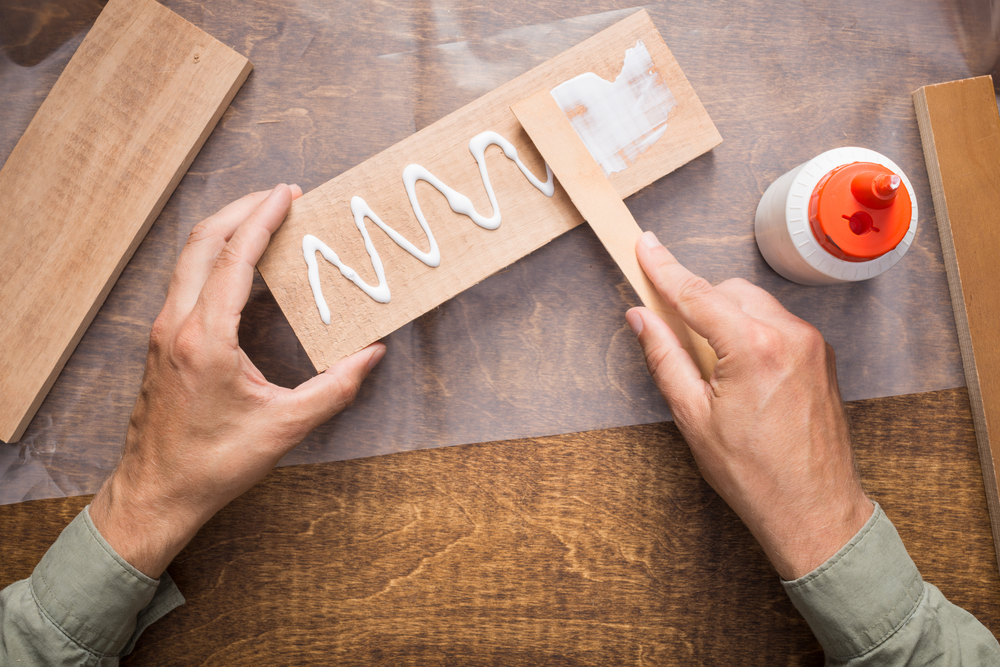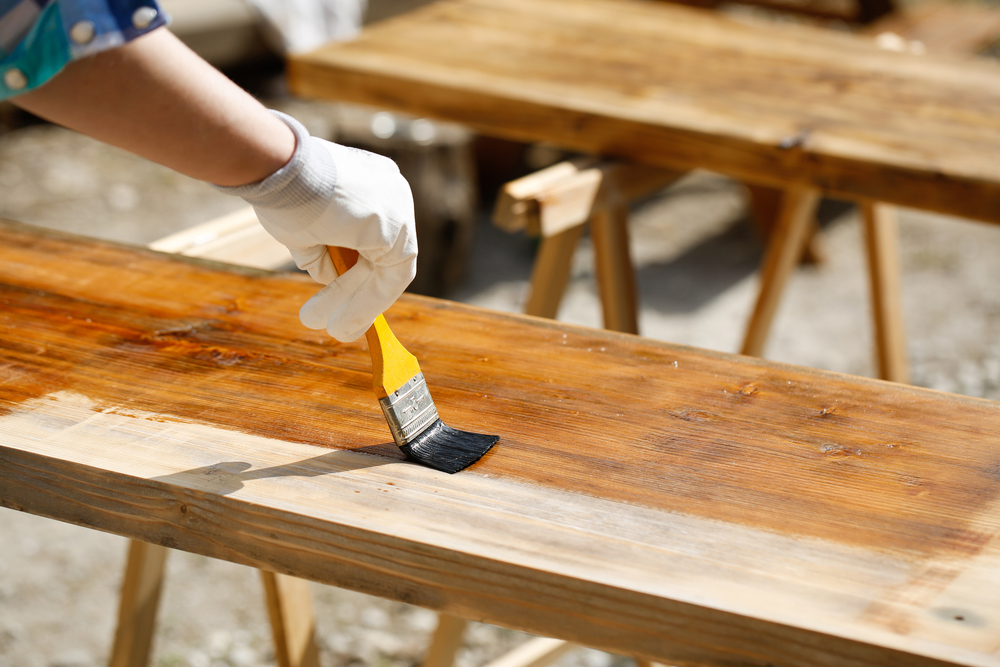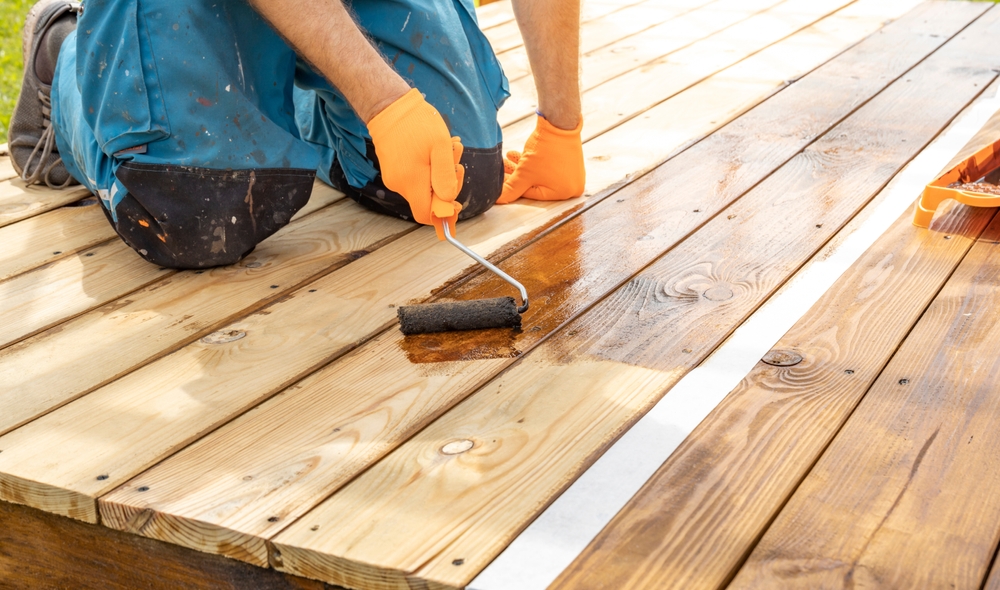How to Paint Over Oil-Based Paint
Painting over oil-based paint requires careful preparation. Oil-based paints have a smooth and durable finish, but painting over them with water-based or latex paint can be tricky. Let’s explore how to approach this task effectively.
Understanding Oil-Based Paint
Oil-based paints differ from water-based paints in several ways. They take longer to dry and have a glossy finish, which can make it difficult for new coats of paint to adhere to the surface. It’s essential to know what kind of surface you’re dealing with before you begin painting.
Testing the Existing Paint
Before painting, it’s important to identify the existing paint type. A simple rubbing alcohol test can help. Soak a small cotton ball in alcohol and rub it over a section of the paint. If the paint softens or comes off, it’s likely latex-based. If the paint remains unchanged, it’s oil-based. This test helps determine your next steps.
Preparation is Key
Preparing the surface is crucial when painting over oil-based paint. Start by cleaning the walls thoroughly with soap and water to remove any grease or dirt. Ensuring a clean surface helps improve adherence of the new paint.
Sanding the Surface
After cleaning, lightly sand the surface with fine-grit sandpaper. Sanding helps to dull the glossy finish of the oil-based paint, which is essential in aiding the new paint’s adhesion. Pay special attention to corners and edges. Always wipe away any dust with a damp cloth after sanding.
Applying a Quality Primer
Once the surface is sanded and dust-free, apply a high-quality primer. Use a primer specifically designed to go between oil-based and water-based paints. This step is crucial as it creates a suitable surface for the subsequent paint layers. Allow the primer to dry completely following the manufacturer’s instructions.
Choosing the Right Paint
You can use either oil-based or latex paint over the primer. If opting for latex, ensure it is a high-quality paint to ensure durability and finish. Latex is often chosen due to its ease of use and clean-up. Always check the manufacturer’s advice on the primer to select the appropriate paint type.
Applying the Paint
Once the primer is thoroughly dry, you can start painting. Use a high-quality brush or roller to apply the paint evenly. Start from the top and work your way down to prevent drips. Depending on the color change and coverage, you might need to apply two coats of paint. Wait for each coat to dry as recommended by the paint manufacturer before applying the next.
Ventilation and Safety
Painting projects, especially those involving oil-based paints and primers, require adequate ventilation. Fumes from these products can be harmful. Always work in a well-ventilated area and consider wearing a mask if necessary. Safety should always be a priority during any painting project.
Handling the Unexpected
If any peeling or blistering occurs after painting, it may indicate poor surface preparation or incompatibility of products. Address any issues promptly by resanding the affected area, applying primer, and repainting as needed. This ensures a seamless finish.
Cleaning Up
Once the painting is complete, clean your brushes and rollers immediately, especially if you’ve used oil-based paint. Use mineral spirits or turpentine for oil-based paints, while soap and water will suffice for latex paints. Proper cleanup prolongs the life of your painting tools.
Regular Maintenance
Regularly inspect the painted surface for any signs of wear or damage. Promptly addressing these issues can prolong the paint’s lifespan and maintain the surface’s appearance. With the right care, a painted surface can last for many years without needing new coats.
Armed with knowledge and preparation, painting over oil-based paint becomes a straightforward task. Follow these steps, and you’ll achieve a beautiful, long-lasting result.






